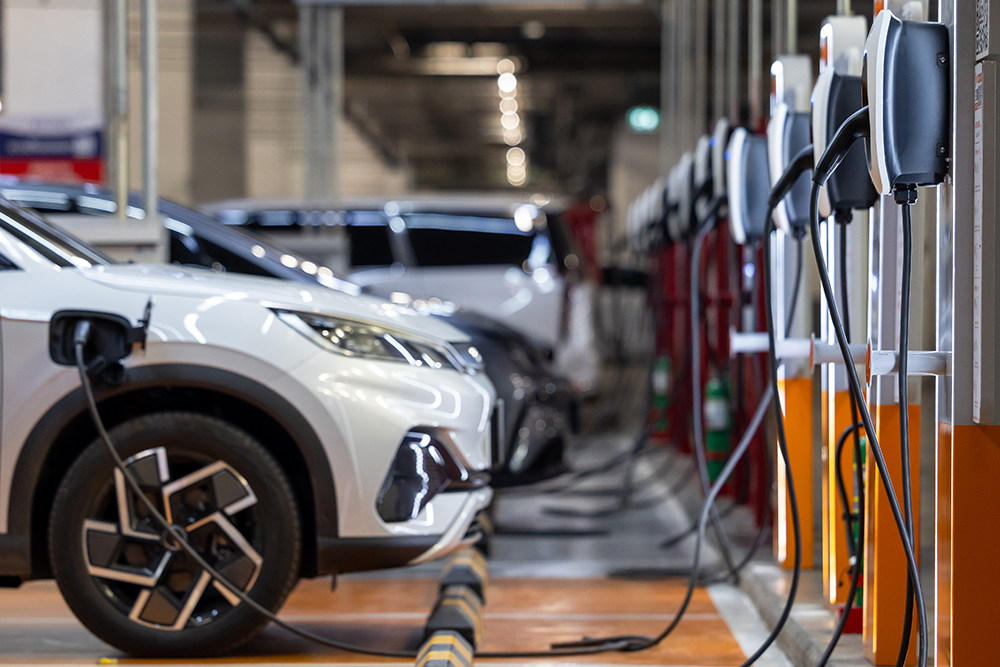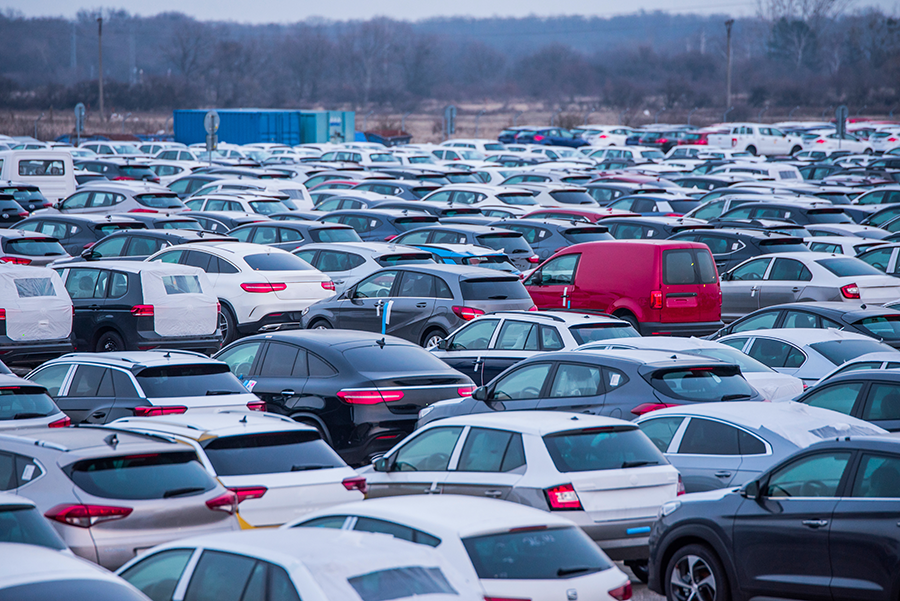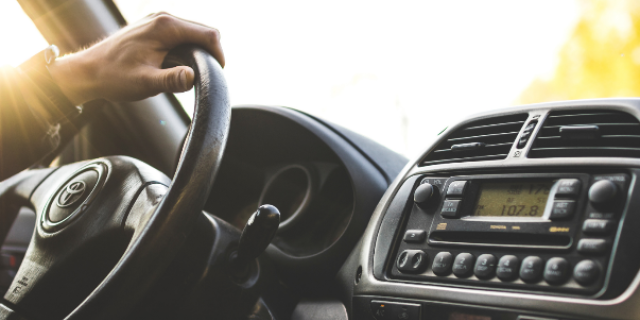The Austrian used car market in 2025 is showing signs of both resilience and transformation. While average prices remain high, demand continues to shift, especially toward hybrids and budget-friendly models. For used car dealers in Austria, the message is clear: buyers are still active, but they’re making sharper, value-driven decisions.
Market overview
As of June 2025, the average used car in Austria is listed at €29,554, a modest rise from €26,310 in 2024. When adjusted for inflation, prices are holding steady. Entry-level vehicles, including small city cars, continue to sell for under €15,000, while electric vehicle (EV) prices have dipped to around €41,200, down approximately €1,280 since the start of the year.
This stability is good news for both buyers and used car dealers, as it brings more certainty to both parties.
Registrations and segment growth
Used car registrations in Austria hit 428,250 in the first half of 2025, a 4.2% increase over the same period last year. If we include other types of motor vehicles, that figure rises to 554,393. The Austrian used car market is clearly expanding, despite economic headwinds.
Alternative drivetrains are gaining ground. Used hybrid gasoline vehicles saw a 39.5% jump in registrations, while diesel-electric hybrids rose by 28.6%. EVs aren't far behind, posting a solid 24.7% increase. In total, 14.7% of used cars registered in Austria now fall into the “alternative drive” category.

This shift is pushing used car dealers to diversify inventory and offer more hybrid and electric models to meet demand.
Residual values and depreciation
One of the biggest challenges in the Austrian used car market today is depreciation. The average residual value (RV) for a 36-month-old car with 60,000 kilometers has dropped to 48.8% in June 2025, down from 51.3% a year ago. While that may seem small, it affects pricing and resale strategies across the board.
Used car dealers in Austria are paying close attention to these metrics. In terms of fuel type, hybrids currently retain the most value, with RVs of around 53.1% while PHEVs are only at 46.1%. Petrol vehicles follow at 51.2%, while diesels sit at 49.3%. EVs remain the weakest in terms of resale, often retaining only 39.8% of their original value.
How quickly are cars selling?
Time-to-sale is another key indicator for dealers. Diesel cars remain the fastest movers in Austria, selling in about 59 days on average. Petrol and hybrid models follow closely behind. In contrast, BEVs (battery-electric vehicles) are taking on average just under 85 days to sell.
This disparity means used car dealers need to carefully balance their EV inventory. While interest is growing, resale velocity is slower compared to traditional fuel types.
The most traded brands in the Austrian used car market are no surprise: Volkswagen leads with 18.9% of the market, followed by BMW (9.7%) and Audi (9.3%).
Economic pressure meets consumer caution
Austria’s economy is forecast to contract by 0.3% in 2025, with inflation sitting just under 3%. Despite this, the Austrian used car market is holding firm.

Used car sales are up 6.3% in the first half of the year, reaching 143,660 units. Consumers are clearly still buying, but with more intention.
New EV sales are booming too, growing 28.4% though major brands like Tesla and BMW suffer from drops in sales. Buyers are shifting to better-value electric alternatives like BYD, Dacia, and MG, vehicles that appeal to price-conscious used car dealers and shoppers alike.
Conclusion: what this means for used car dealers in Austria
For used car dealers, 2025 is all about strategic stock decisions. Diesel and hybrid models continue to sell quickly and hold value better. EVs are growing in popularity, but they require careful pricing to move inventory efficiently.
The Austrian used car market is competitive, but stable. Dealers who stay informed on residual value trends, shift toward hybrid offerings, and keep pricing aligned with market expectations will stay ahead.


